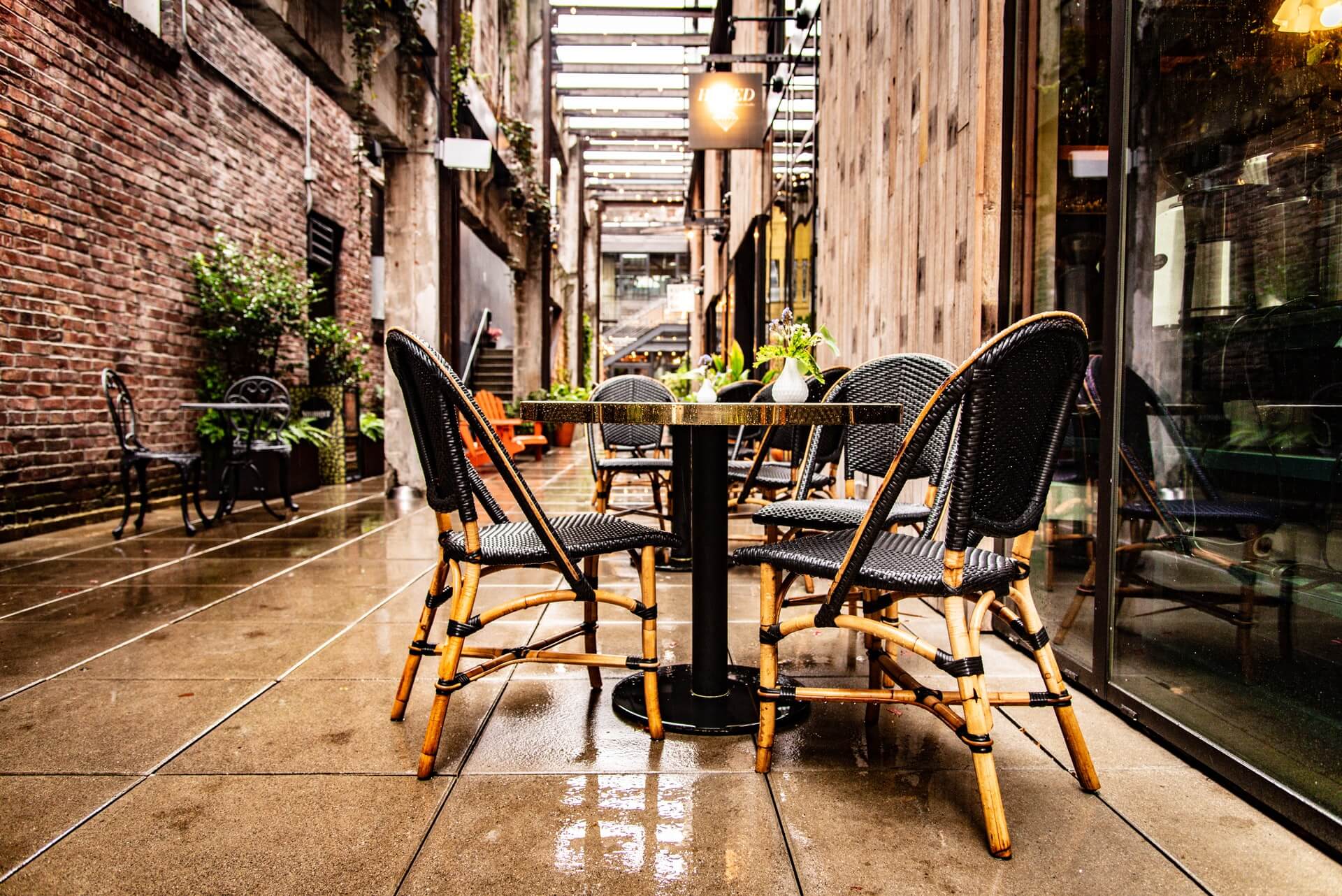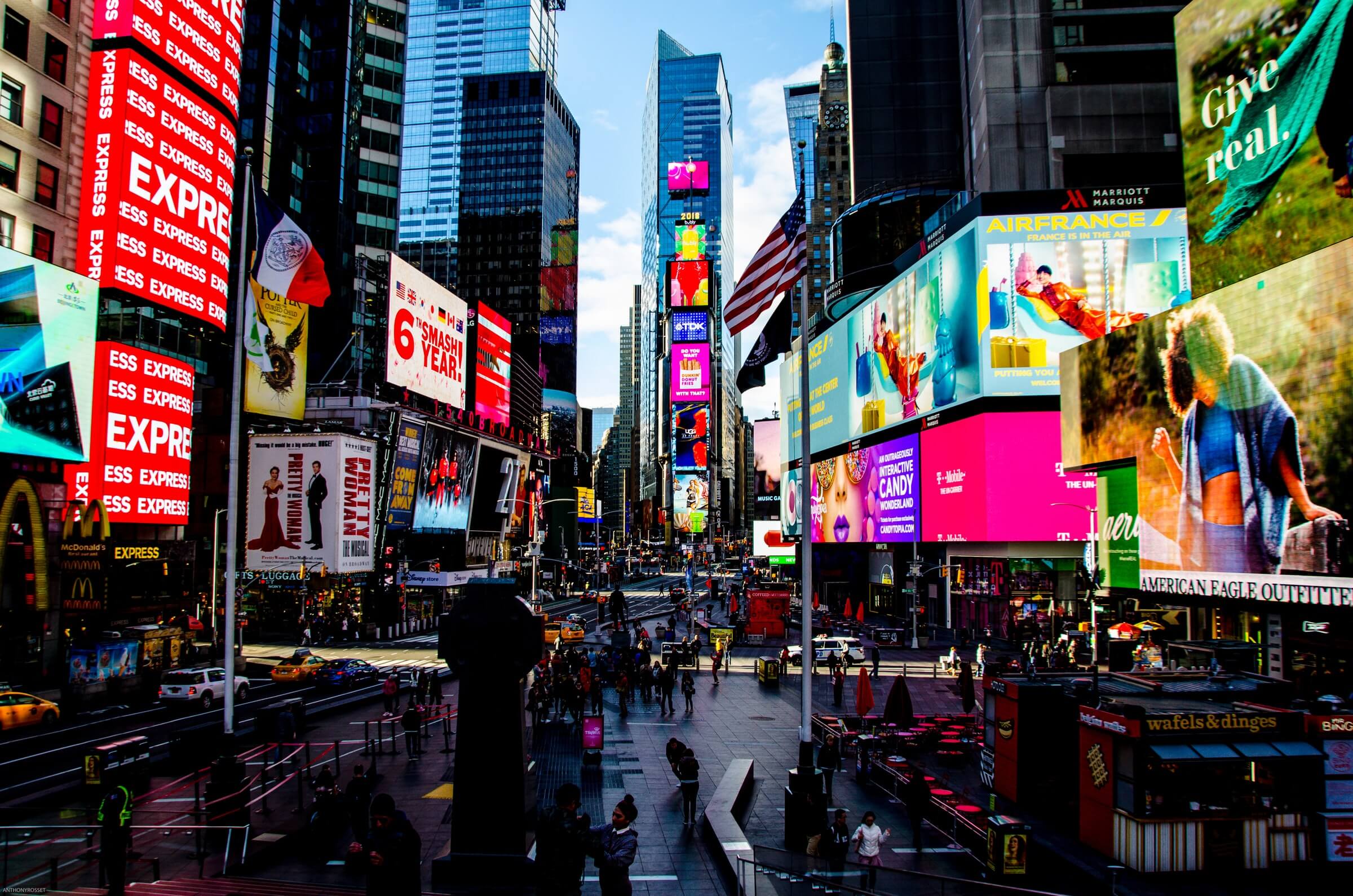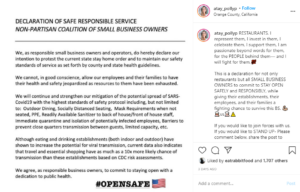Reopening Ontario: Patios Return Friday
by David Klemt

There’s great news for Ontario and the province’s new reopening plan: outdoor dining is returning three days ahead of schedule.
From June 11 on—barring any governmental changes—the province of Ontario will enter Step 1, which focuses on outdoor activities.
Due to favorable indicators such as the province’s vaccination rate, Reopening Ontario will kick off early.
A Welcome Surprise
Ontario has been in under heavy restrictions for nearly two months. So, this news represents a refreshing glimpse of light at the end of a ridiculously long tunnel.
Initially, Reopening Ontario was slated to begin Step 1 on June 14.
The earlier date and announcement should help restaurant and bar operators take advantage of the coming weekend. After weeks upon weeks of living under a stay-at-home order, the decent-at-best forecast should be clear enough for Ontarians to get outside.
Step 1
Reopening Ontario is focusing on the following to progress through the three steps:
- the provincewide vaccination rate; and
- improvements to key public health and health care indicators.
Per the plan, the province will remain in each phase of the plan for a minimum of 21 days.
The first step allows for outdoor gatherings of ten or more people. And, for restaurants and bars, outdoor dining with a limit of four people per table.
RestoBiz is reporting that there will be an exception allowing for households with more than four people. The publication also reports that nightclubs may offer delivery, drive-through and takeout as long as they only operate as food or drink establishments.
To move to Step 2, 70 percent of adults must receive at least a single dose of Covid-19 vaccine. Additionally, 20 percent of adults need to receive a second dose (of a two-dose regiment).
Two weeks after Ontario reaches that target, the province will move forward.
Step 2
In this phase of Reopening Ontario, restaurants and bars can seat six people per table outdoors.
Per Ontario’s official government website, restaurants and bars will also be able to offer karaoke. Of course, in this phase it must take place outside.
The single-dose target vaccination rate to move on from Stage 2 is 70 to 80 percent of adults. Also, 25 percent of adults must receive two doses (of a two-dose regimen).
If those targets are hit and key public health and health care indicators are favorable, the province will progress further.
Step 3
Obviously, this the least-restrictive phase of Reopening Ontario.
In Step 3, restaurants and bars can once again return to indoor dining. There will be capacity and other restrictions in place.
Also, buffets can return.
Outdoor dining capacity will focus on social distancing: there must be two metres between tables.
Should the vaccine rate and other indicators continue to improve, it’s possible that Ontario will reopen fully as soon as 21 days after Step 3 begins. Of course, we’ll monitor the situation and see what Ontario officials say about a return to “normal.”
For now, things are looking up. To review the Reopening Ontario plan, click here.
Image: Taylor Vick on Unsplash




